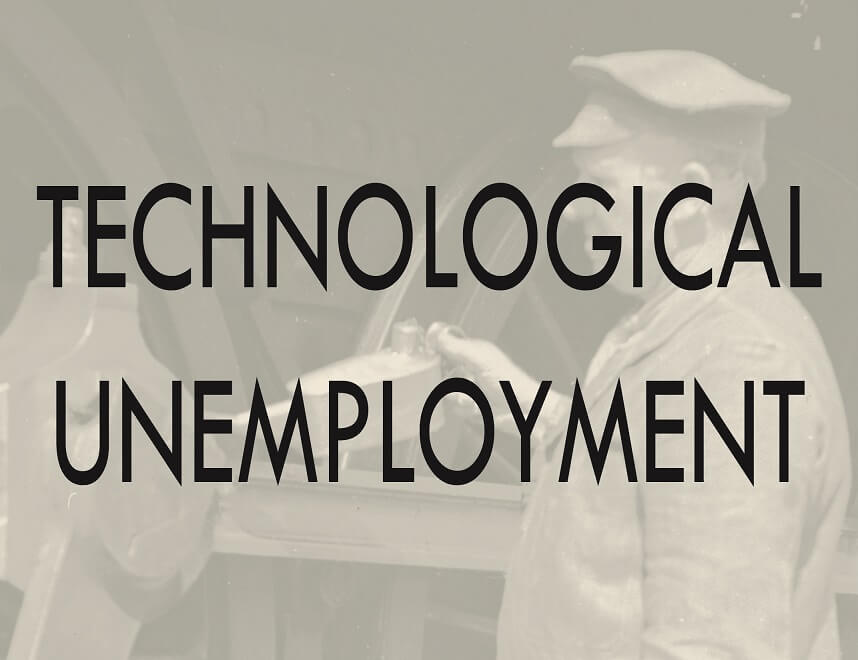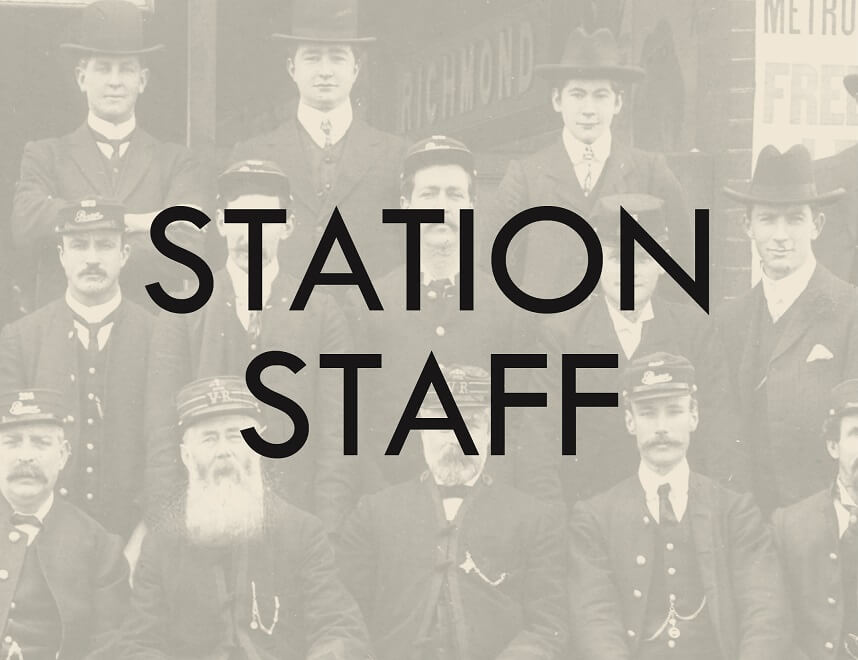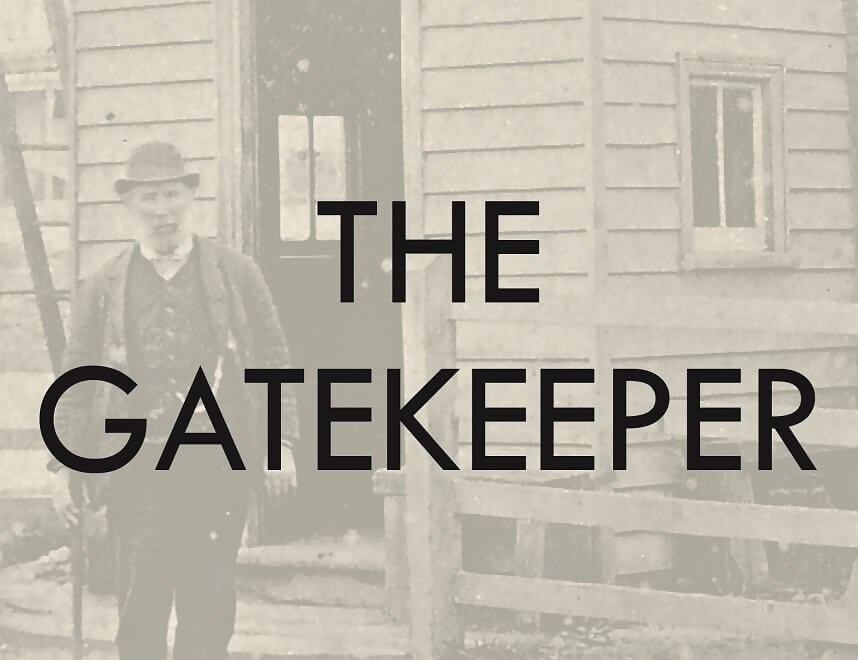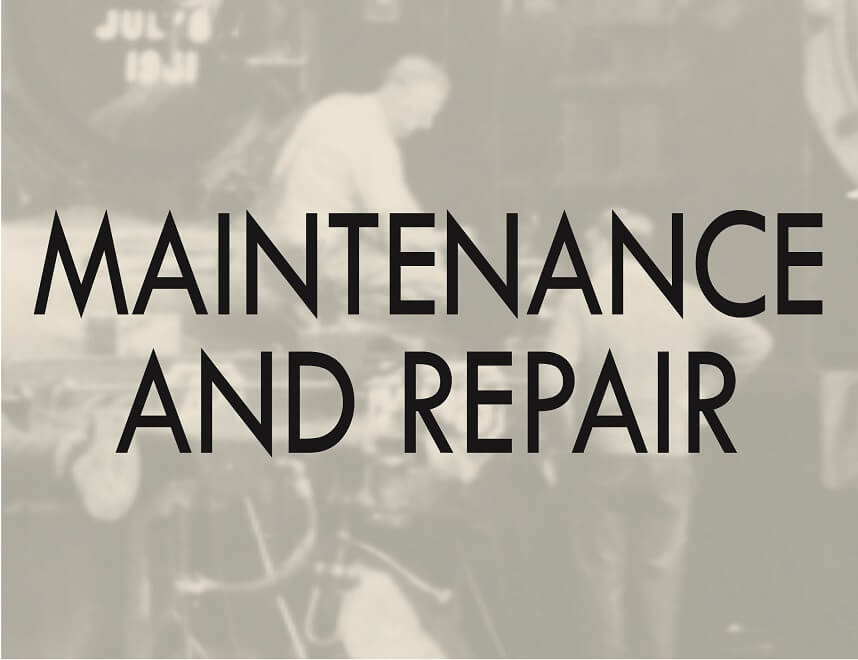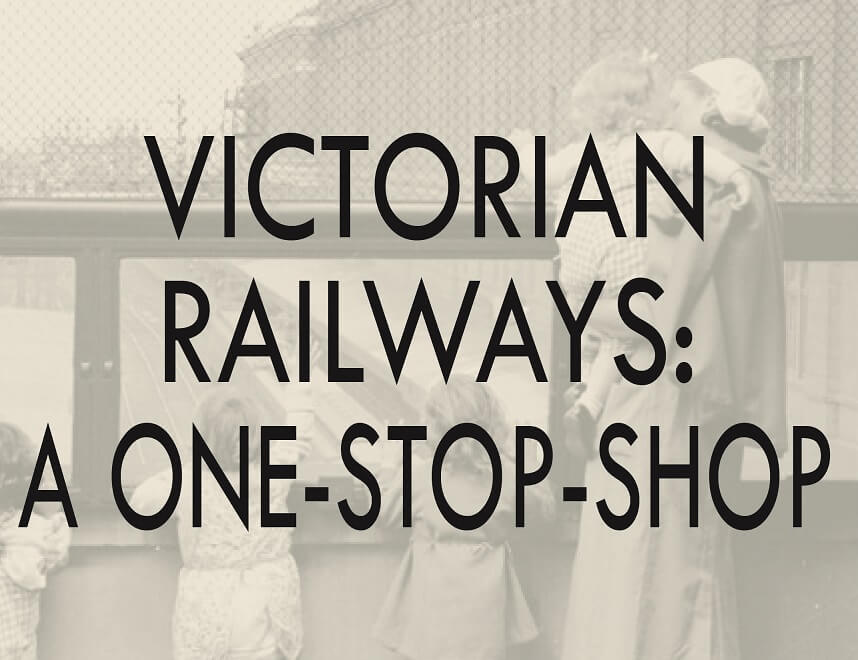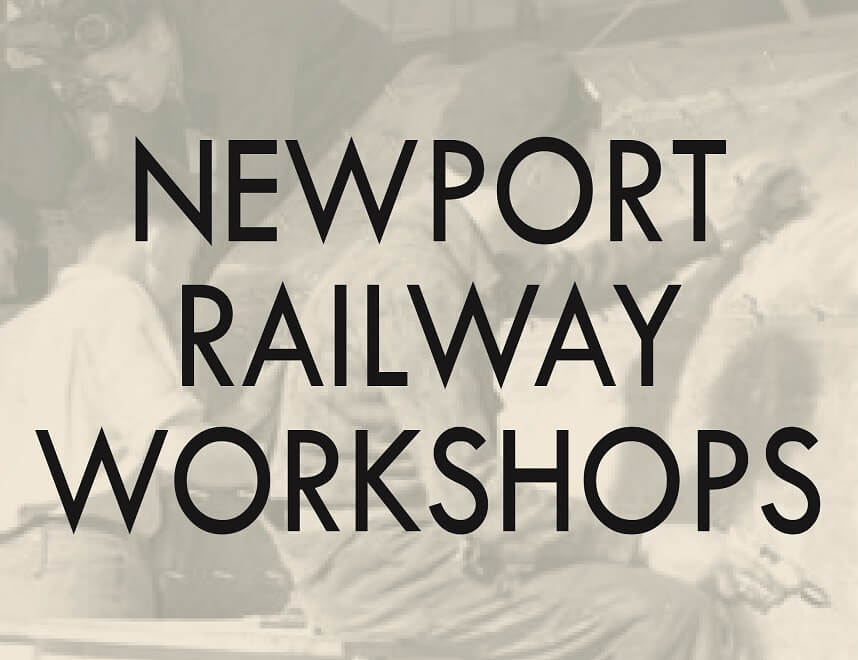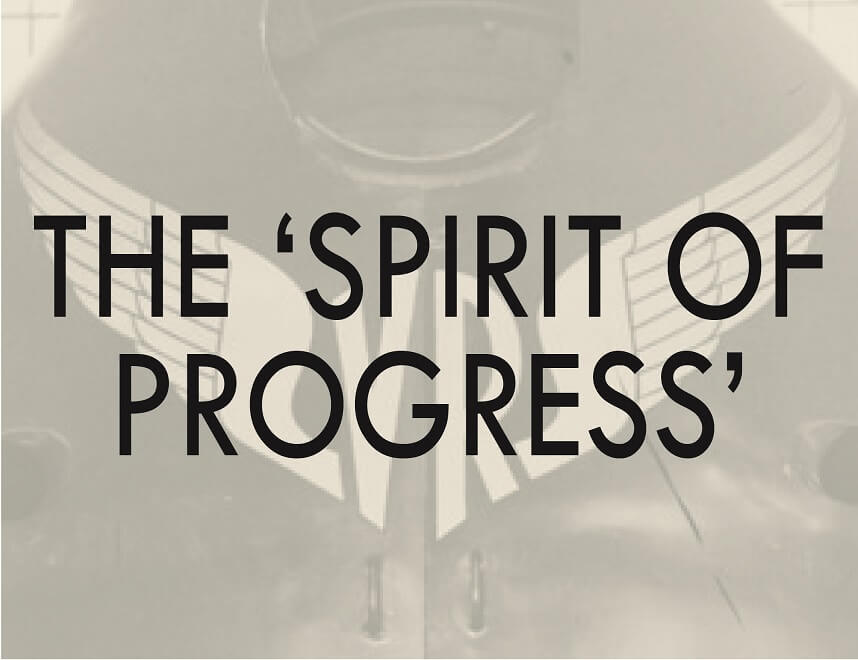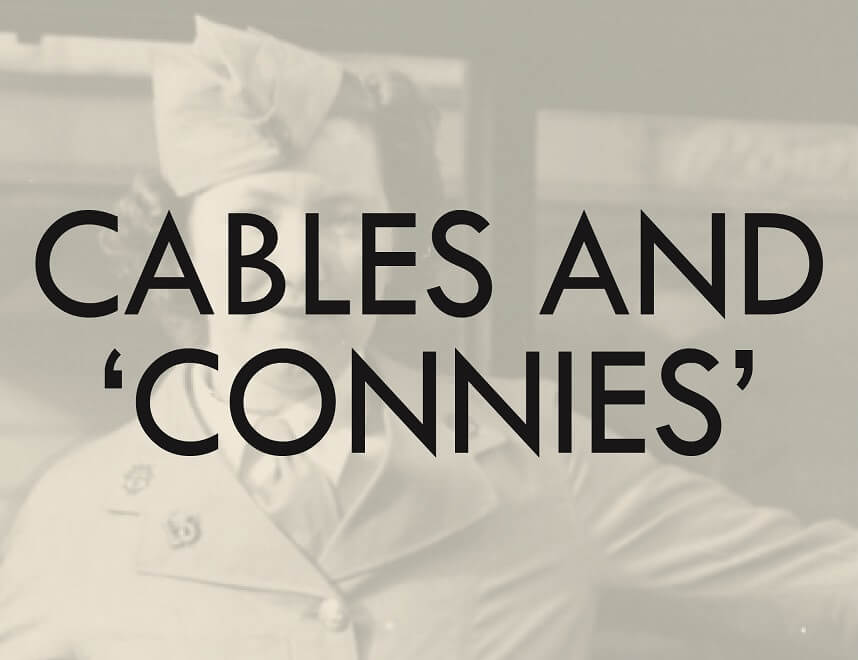Scarcely a day passes without some lad applying to become a railwayman. There’s a special fascination about “the Railways” quite apart from the good pay and attractive prospects railway careers offer. At present many Victorian railwaymen belong to the “forth generation” — their great-grandfathers, grandfathers, and fathers all having been in the service. The number of three generation and two generation railway families is countless. Figures kept by interviewing officers show that one lad in every two joining the Department does so because he has a relative or close friend in the service. The 27,000 Victorian railway-men cover about 500 different grades — Engine Driver, Engine Cleaner, Fireman, Printer, Clerk, Signalman, Shunter, Guard, Stationmaster, Porter, Mechanic, Welder, Blacksmith, Doctor, Engineer, Chemist, Journalist, Photographer, Electrician, and a host of others.
‘Behind the railway scene’, publicity brochure produced by the Victorian Railways, 1950
Progress
In the Factory
In the Office
In the Home
On the Water
In Print
On the Land
On the Street
-On the Tracks
On the Road
In the Shadows
Odd Jobs
Victoria’s first railway line was built in Melbourne in the 1850s, linking the town centre and port. Further lines followed connecting the city with Geelong, the goldfields and the Murray River ports. Private companies owned the earliest railways, with the Government-owned Victorian Railways taking control of all lines in the early 1880s.
The so-called ‘Octopus Act’ in 1884 saw a spate of construction in Victoria. By 1900 thousands of kilometres of track had been laid and Victoria had the largest rail system in the country: ‘The railway network is so widely flung that practically no area of arable, pastoral or non-mountainous land in Victoria is more than eight miles from a line.’
The railway provided economic opportunities and stimulated the development of towns and communities. Geoffrey Blainey in his history of Victoria claims its railways ‘were the arteries and veins’. Historian, Eddie Butler-Bowdon, elaborates:
Once its regions and towns were linked by rail, Victoria became a real commercial and political entity. The relatively cheap, speedy and reliable service offered by rail proved a strong tonic for many struggling rural industries, and made it possible for new ones to start up. In the Mallee region, for example, the locomotive often preceded settlement. The towns and the wheat industry grew in its wake.
The railway is ninety-five per cent men and five per cent iron - Victorian Railways Commissioner, Harold Clapp (1875–1952)
In the late-nineteenth century Victorian Railways was one of the largest businesses in the Australian colonies, fostering a new skilled workforce — station masters, porters, signalmen, guards, drivers, firemen, clerks, foreman, ticket collectors and gatekeepers — a workforce ‘as new as the industry it was created to serve.’ By 1891 Victorian Railways employed 14,199 workers compared with a total factory employment of 54,413.
Prior to 1894 most railway construction was done by private contractors, employing a large workforce. All earthworks to carry the rails were done primarily with manual labour and, in the 1880s, as many as 10,000 men were employed. The railway contractors, known as ‘navvies’, camped by the rail line that they were laying. Equipped with little more than gunpowder, picks and shovels, a good navvy could shift 20 tonnes of earth and rock per day. One contractor, David Munro, had 350 men, 50 horses and drays at work on the Fitzroy and Whittlesea line in 1889. The flow-on economic impact fuelled the development of country towns. It has been suggested that Ballarat’s boot-making industry was sustained by the navvies’ demand for boots!
As the rail network grew, so did the demand for locomotives and rolling stock. During the 1880s the Phoenix Foundry in Ballarat, the largest of the private contractors, employed more than 400 men and turned out a new engine each week. They supplied 352 engines between 1873 and 1904. By the 1920s the government-owned Newport Railway Workshops had emerged as the major builder of engines and rolling stock. Everything required to run a railway was built at the workshops, ‘from the spikes that held the track in place to the tarpaulins for goods trucks.’ Over 200 different trades were apprenticed there -—toolmakers, tinsmiths, goldsmiths, boilermakers, fitters, turners, upholsterers, motor mechanics, carriage builders, welders and riveters. At its peak in the 1920s the workshops employed about 5,000 people, in the largest industrial complex in the state.
Track maintenance also required a small army of men. Gangs of ‘fettlers’ patrolled the tracks, replacing broken sleepers and worn rails, ensuring the line was in good working order.
Author: Ann Wilcox
Next Topic: On the Road
Further Reading
Online sources
Entry for ‘Trams’, written by David Dunstan, eMelbourne
Entry for ‘Railways’, written by Brian Carroll, eMelbourne
Entry for ‘Sir Harold Winthrop Clapp’, written by Patsy Adam-Smith, Australian Dictionary of Biography
History of Victorian Railways, Museums Victoria
J.H. McCarthy, ‘Early Days with the Victorian Railways’, accessed online at https://localhistory.kingston.vic.gov.au
‘Mentone Station Tragedy Gatekeeper Killed’, Kingston Local History
‘Behind the Railway scene’, publicity brochure published by Victorian Railways, 1950
Secondary Sources
Eddie Butler-Bowdon, In the service?: a history of Victorian Railways workers and their union, edited by Jenny Lee, South Yarra, Victoria, Hyland House, 1991
Geoffrey Blainey, A History of Victoria, Port Melbourne, Victoria, Cambridge University Press, 2013
Geoffrey Blainey, The tyranny of distance: how distance shaped Australia’s history, Sydney, Macmillan, 2001
John D. Keating, Mind the Curve! A history of the cable trams, Carlton, Victoria, Melbourne University Press, 1970
John Sinclair, ‘Making the Market Modern: Sir Harold Clapp, Engineer of Consumption’, in Consumer Australia: historical perspectives, edited by Robert Crawford, Judith Smart and Kim Humphery, Newcastle, Cambridge Scholars, 2010
Jenny Davies, Beyond the Façade: Flinders Street, more than just a railway station, Mt Macedon, Victoria, Jenny Davies, 2008
Michael Symons, One continuous picnic: a gastronomic history of Australia, Carlton, Victoria, Melbourne University Press, 2007
Miles Lewis, Melbourne: the city’s history and development, Melbourne, City of Melbourne, 1995
Nick Anchen, Enginemen of the Victorian Railways, Melbourne, Sierra Publishing, 2011
Nick Anchen, Life on the Victorian Railways, Melbourne, Sierra Publishing, 2014
Patsy Adam-Smith, Hear the train blow: an Australian childhood, Sydney, Ure Smith, 1964
Patsy Adam-Smith, Trains of Australia: all aboard, Melbourne, Australia Post, 1993
Patsy Adam-Smith, When we rode the rails, Sydney, Lansdowne, 1983
Randall Wilson, The Melbourne tram book, Sydney, UNSW Press, 2008
Thomas Yates, What a journey: life in the Victorian Railways 1948-1987, North Brighton, Victoria, RailBooks, ARHS (Victorian Division), 2004
Special thanks to the following people for their expertise, contributions and advice:
James Dalton, Manager, The Railway Archives, Australian Railway Historical Society
Rachael Cottle
Warren Doubleday, Collections Manager, Melbourne Tram Museum

